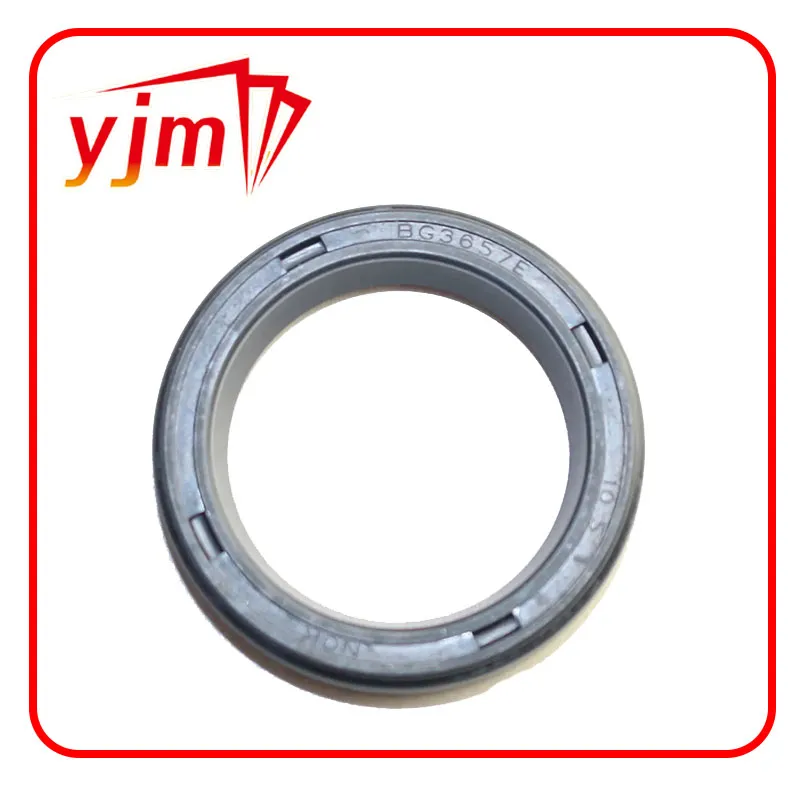Performance Evaluation of Metric Bonded Seals in Various Applications and Industries
Understanding Metric Bonded Seals A Comprehensive Overview
In the realm of mechanical engineering and industrial applications, the integrity of seals plays a crucial role in ensuring the efficiency and longevity of equipment. Among the various sealing solutions available, metric bonded seals have gained significant attention due to their reliability and adaptability. This article delves into the features, applications, advantages, and considerations of metric bonded seals.
What are Metric Bonded Seals?
Metric bonded seals, often referred to as bonded washers or sealing washers, consist of a rubber sealing element bonded to a metal or plastic ring. This combination creates a unique profile that enhances the seal’s ability to withstand various operational conditions. The rubber component is typically made from materials such as Nitrile rubber, EPDM, or silicone, tailored to meet specific environmental challenges, such as temperature fluctuations or exposure to chemicals. The metal or plastic body reinforces the structure, providing dimensional stability while facilitating installation.
Applications of Metric Bonded Seals
Metric bonded seals are widely used across different industries, including automotive, aerospace, oil and gas, and food processing. Their versatility allows them to be employed in applications where leaks can lead to significant operational issues or safety hazards. Common applications include
1. Automotive In vehicles, bonded seals are used in oil and coolant systems, ensuring leak-free connections in critical components like pumps, hoses, and cylinder heads. 2. Aerospace Given the rigorous safety standards, bonded seals in aerospace applications seal fuel lines, hydraulic systems, and environmental control systems.
3. Oil and Gas These seals are integral in the exploration and extraction processes, sealing connections in pipelines and drilling equipment to prevent hazardous leaks.
4. Food Processing In this sector, seals must meet stringent hygiene standards. Bonded seals help prevent contamination while maintaining pressure in processing equipment.
Advantages of Metric Bonded Seals
metric bonded seals

One of the foremost advantages of metric bonded seals is their combined sealing efficacy. The rubber component compresses to create a tight seal under varying pressures, while the metal or plastic ring maintains the washer's shape and provides resistance to deformation. Other notable benefits include
- Versatility Bonded seals can be designed to suit a myriad of applications, accommodating both low and high-pressure environments. - Cost-Effectiveness By combining two materials into one component, manufacturers can reduce assembly time and material costs. - Enhanced Performance The structural integrity provided by the backing disc helps prevent blowouts and enhances seal longevity, reducing maintenance frequencies and operational downtimes.
Considerations When Using Metric Bonded Seals
While metric bonded seals offer numerous advantages, certain considerations should be taken into account during their selection and application
1. Material Compatibility Proper selection of materials based on the fluid or gas being sealed is crucial. For example, Nitrile is suitable for petroleum-based fluids, while EPDM is ideal for water and steam applications.
2. Temperature and Pressure Ratings Each bonded seal comes with specific temperature and pressure ratings; exceeding these limits can lead to seal failure.
3. Installation Technique Ensuring proper installation is vital to achieving optimal sealing performance. Over-tightening can lead to compression that exceeds the rubber's limit, while under-tightening may not provide an adequate seal.
4. Environmental Factors Seals must be evaluated for external environmental conditions, such as UV exposure and chemical contact, to ensure durability.
Conclusion
Metric bonded seals represent an efficient solution for achieving reliable sealing in various applications. Their unique construction, which combines the flexibility of rubber with the strength of metal or plastic, positions them favorably in industries where leak prevention is paramount. By understanding their features, applications, and best practices for use, engineers and technicians can leverage the advantages of metric bonded seals to enhance operational efficiency, safety, and system longevity. As technology continues to advance, the potential for further innovation in bonded seal design is significant, promising even greater reliability for future applications.
-
The Ultimate Guide to Car Repair Kits: Tools and Essentials Every Driver Should Own
News Aug.01,2025
-
The Complete Guide to Oil Pan Gaskets: Sealing Engine Leaks the Right Way
News Aug.01,2025
-
Preventing Oil Leaks: A Complete Guide to Oil Pan Gaskets and Drain Seals
News Aug.01,2025
-
Everything You Need to Know About Oil Pan Gaskets and Drain Plug Seals
News Aug.01,2025
-
Essential for Car Owners: How to Use a Car Repair Kit to Deal with Minor Breakdown
News Aug.01,2025
-
Comprehensive Guide to Engine Oil Sump Gaskets and Related Seals
News Aug.01,2025
-
The Ultimate Guide to Boat Propeller Bearings and Trailer Wheel Bearings
News Jul.31,2025
Products categories















